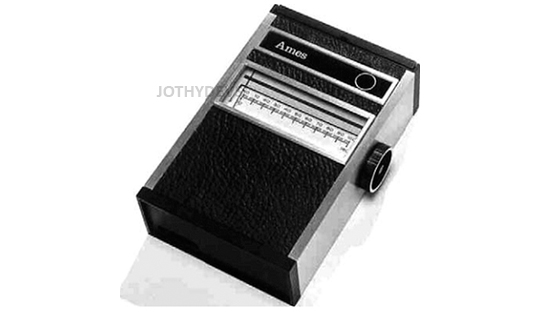
7. Gems picture of the month
Ames Reflectance Meter - The first glucose meter

The history of glucose meters started in 1963 when Ernie Adams invented Dextrostix, a paper strip that develops a blue colour whose intensity was proportional to glucose concentration and could be read by visually comparing the strip colour to a colour-concentration chart which provided an approximation of the blood glucose level. In the late 1960s, Ames Reflectance Meter (ARM) developed by Anton Hubert Clemens produced quantitative blood glucose results with Dextrostix and was commercially available in 1970. The meter was able to give an approximate blood glucose number by reading reflecting light from a test strip (Dextrostix) that would produce a colour after applying a drop of blood. The first reported patient to use blood glucose meter for his use was Richard Bernstein, who suffered from severe complications of type 1 diabetes mellitus (T1DM).
For enquiries info@jothydev.net.
Please visit: jothydev.net | research.jothydev.com | diabscreenkerala.net | jothydev.com/newsletter
